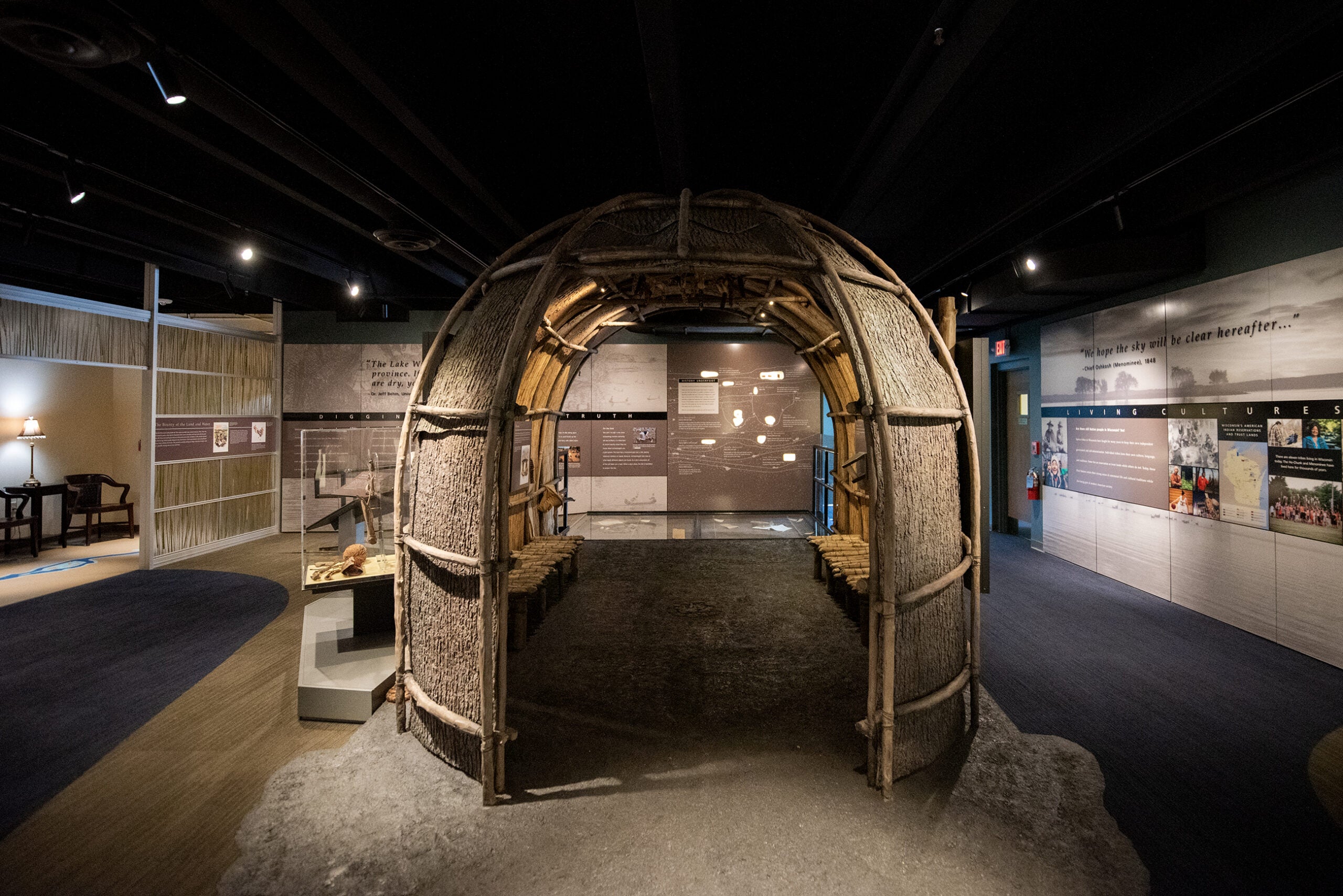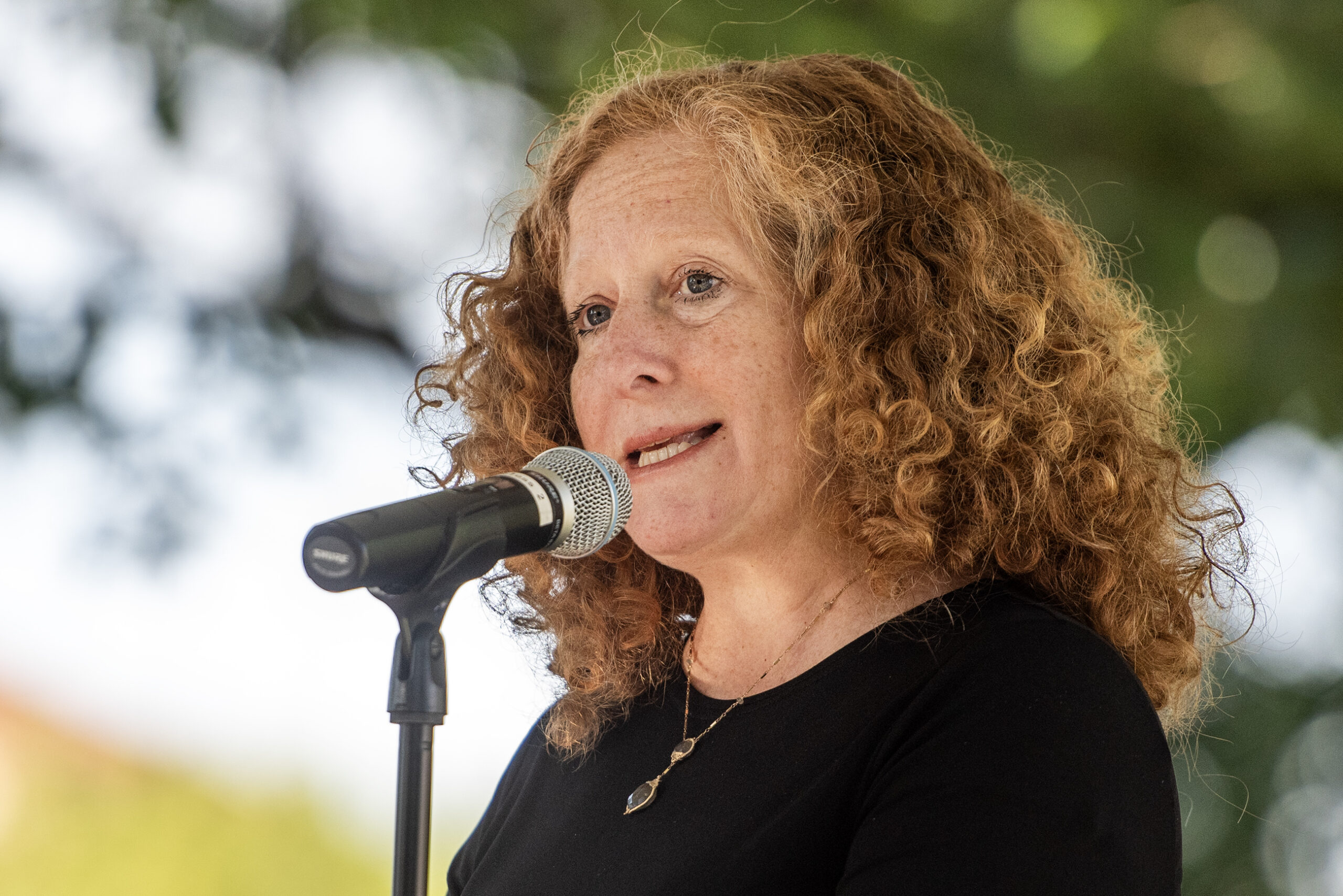While tobacco use generally has a negative connotation, some Native tribes are working to restore the traditional and sacred use of tobacco to help curb casual use. We hear more about respecting tobacco and discuss this week’s Wisconsin news.
Featured in this Show
-
State News Roundup For April 27, 2018
Criminal charges have been filed relating to financial mismanagement at UW-Oshkosh. We’ll find who was charged and why. After the record-setting blizzard that hit central and northeastern Wisconsin, farmers are being encouraged to file claims for damages sustained. Wisconsin’s Attorney General is encouraging schools to take advantage of available funding to increase school safety, and a notorious Wisconsin criminal who evaded capture for several months in 1987 has died. We’ll hear from a reporter who interviewed him in 2014.
-
Native Leaders Look To Curb Smoking Rates Through Cultural Traditions
Native American tribal leaders in Wisconsin and Minnesota are turning to their cultural traditions in an effort to curb smoking rates in their communities, which average double that of the overall United States adult population.
Almost one-third of adults in Native American communities are smokers, according to the Centers for Disease Control and Prevention.
“One of the driving factors among this community is that tobacco had a very rich history among different Native American communities in the U.S. where they used it for a variety of traditional ceremonies, often not smoking them in fact,” said Dina Fine Maron, health and medicine editor at Scientific American.
Tribal leaders hope that by restoring a reverence for the spiritual and ceremonial importance of tobacco, commercial cigarette use will drop, she said.
Until the passage of the Indian Religious Freedom Act in 1978, laws banned many Native American cultural practices, including various traditional uses of the tobacco plant, which led many communities to practice in secret, often masked by commercial cigarettes, she said.
One reservation Maron visited in Minnesota did this during funerals. Traditionally, tribal members would take ritually grown tobacco and place it on the ground to offer prayers to the spiritual world and to the deceased, Maron said.
“Since they were no longer allowed to do that they would bring cigarettes, pass them around and smoke them at the same time as a way to keep that prayer tradition alive,” she said.
Yet, the tobacco plant used during traditional ceremonies bares little resemblance to that used in a commercial cigarette. And in some cases, what Native American communities call traditional tobacco, may not be just the plant itself, but a mix of various plants, like particular species of willow trees, she said.
Commercial cigarettes use a a tall, hybrid species called Nicotiana tabacum, whereas Native Americans traditionally use the wild, short and spindly Nicotiana rustica (which perhaps surprisingly contains more nicotine), Maron said.

Nicotiana Rustica. Jeremy Yoder (CC BY-NC 2.0)“The plant used by big tobacco does not really bare a strong resemblance to Nicotiana tabacum that was originally grown either and that’s because like every commercial crop. it’s been significantly altered and bares little resemblance to its ancestors because it’s been enhanced for flavor and growth,” she said.
Tribal leaders are sidestepping the standard anti-smoking messages that vilify tobacco for more culturally sensitive messaging in part because many Native American communities don’t view tobacco as inherently bad, Maron said.
“They’ve had a relationship with the plant for a long time before big tobacco, so they are trying to grow traditional tobacco on site in some reservations or in people’s backyards and combine that with efforts to teach about traditional cultural uses,” she said.
Teaching endeavors are taking place in community centers and schools, but leaders are also aiming to couple those initiatives with anti-smoking legislation and enforcement like better access to smoking cessation services, making some casinos smoke-free and increasing the cost of cigarettes.
There are early indications the smoking rates are dropping in the Ho-Chunk Nation in Wisconsin and the White Earth Nation in Minnesota, Maron said. But one hurdle facing the efforts is the anecdotal nature of the data.
“So far it does appear to be moving slightly,” she said. “Whether or not that is truly because of this traditional tobacco intervention, or is taking place in the larger context of interventions that are happening more broadly and greater awareness about cancer and various looking illnesses, that’s hard to tease apart.”
-
Native Tribes Look To Curb Smoking By Keeping Tobacco Sacred
Smoking rates in Native American communities are far higher than the population as a whole, and in an attempt to curb tobacco use, some tribes are using the plant’s ceremonial history to their advantage. Our guest shares how those in Wisconsin and Minnesota are encouraging the traditional cultivation and use of tobacco.
Episode Credits
- Rob Ferrett Host
- Judith Siers-Poisson Producer
- Dean Knetter Producer
- Rob Mentzer Guest
- Dina Fine Maron Guest
Wisconsin Public Radio, © Copyright 2024, Board of Regents of the University of Wisconsin System and Wisconsin Educational Communications Board.




